
A story of passion
tradition & excellence
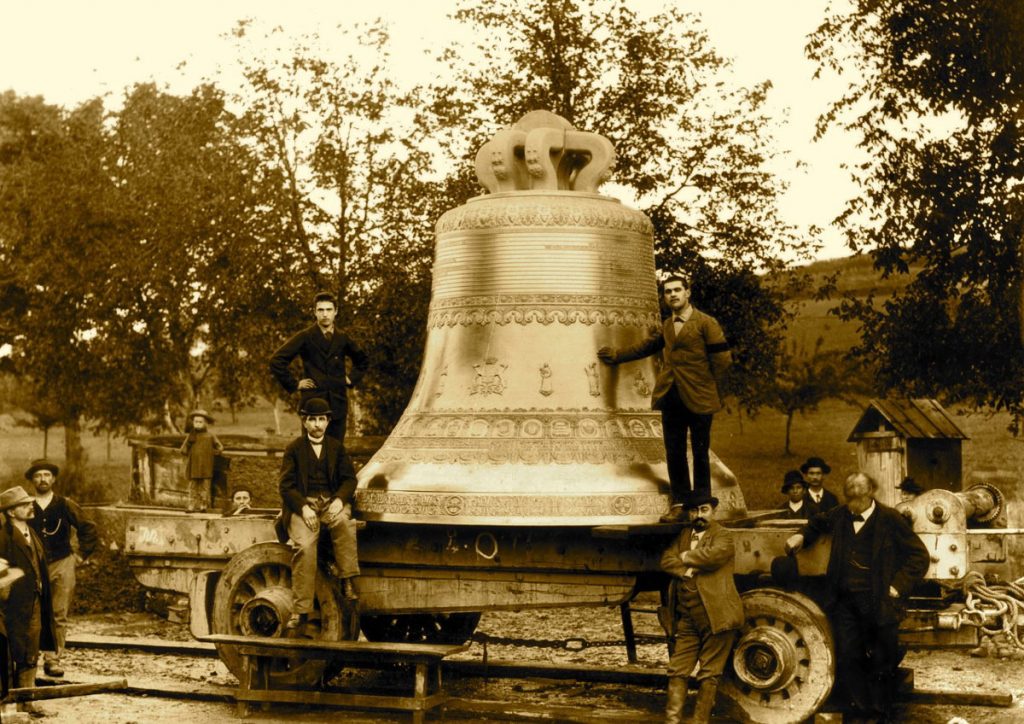
PACCARD Foundry is today the world reference for church bells and carillons. Between tradition and modernity, 7 generations of founders have succeeded each other at the head of the company. In total, more than 120,000 bells give rhythm to the everyday life of towns and villages all over the world and amazing bells have marked foundry’s story.
PACCARD Foundry is well the specialist of all the bell-maker equipments : yokes, clappers, belfries, flight or ringing engine, monumental clocks… Here is its story…
1796 : the beginning of a bell-making adventure
We were in 1796, in Quintal, a small village populated by implacable Savoyards. Because of the outrages committed during the French Revolution, there was no longer a priest – the refractory priest had had to leave the presbytery – nor a bell. The two church bells were requisitioned by the revolutionaries in order to be transformed into cannons and coins, so the church was closed.
The new mayor, elected in 1795 had only one idea in the back of his mind : reopen the little church so that the village can be revived. He then took his pilgrim’s staff and went to see the bishop to whom he expressed his concern, which was also that of his Quintalis.
« You’ll have a priest when there will be a bell in the church tower ! », answered the prelate, eager to insure himself the seriousness of the request. It takes more to discourage a Savoyard… The Mayor decided therefore to create the precious bell. For that he called on a reputable itinerant master bell, by the name of Jean-Baptiste Pitton. Once there our man requested the inhabitants of the village in oder to have an apprentice. Whether this was a privilege of his situation or a tribute paid by the Quintalis – the story does not say – the Mayor of the commune was chosen. He was 24 years old and called Antoine Paccard…
In the church tower of Quintal the first bell made by Antoine Paccard in 1796 still rings and bears witness to the troubled times in which it was born : « If I survive the Terror, it is to sing Happiness ».
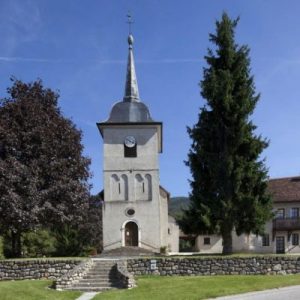
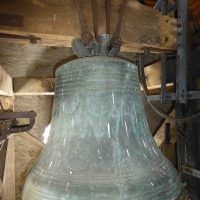

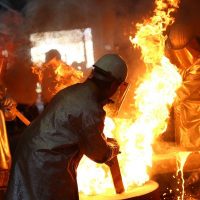
1796-1857 : after the revolutionary upheaval
At Jean-Baptiste Pitton’s side, Antoine Paccard discovered the trade of bell founder… and fell in love with it. He decided to become founder : he was then far from being sure that he was starting a dynasty of bell founders whose renown would span the globe and endure during seven generations later…
But in 1796 all is not so simple for Antoine Paccard. It will be necessary, for example, to wait the signature of the Concordat in 1801 so that its bell can be hoisted in the church tower of Quintal. During this troubled time by the way Antoine did not hesitate to risk his life by hiding in his barn the missionary who had come to replace the previous priest, arrested by the revolutionaries.
As a precursor, Antoine immediately created a sedentary foundry, which allowed him to improve the quality of his bells. When he died, his sons Jean-Pierre et Claude Paccard carried on the work in the Foundry. Because of the rapid growth of this new industry, they decided to move the factory from Quintal to Annecy-le-Vieux between 1854 and 1857. They are thus closer to the Annecy railway, the first in the department, built at the same time, which greatly facilitates the transport of bells and contributes to the development of the company.
1857-1989 : the epic of Annecy-le-Vieux
The « Fanfoué »
Jean-Pierre dies prematurely, leaving alone his widow and their three children. In order to protect her sons from the ambitions of their uncle Claude, Françoise Paccard did not hesitate to « wear pants » to go to work and manage the Foundry « like a man ». As a mark of respect she has been called the « Fanfoué » (in patois, François is called Fanfoué, while François is called Fouèse). When her eldest son, Georges, came of age, she handed over the reins of the company to him, never to come back. Beautiful example of self-sacrifice and maternal devotion…
Georges, Francisque and Victor Paccard, Jean-Pierre’s son, made the company prosper so much so that, by the end of the 19th century, it has gained a worldwide reputation. Georges dealt with technical supervision. He directed the casting of 10 000 bells. The beauty of the PACCARD bell shape, the accuracy of its tonality, the fullness of its tone and its harmony are all thanks to him. In France, he was the main promoter of carillons, an idea which came originally from Belgium and which spread accross the western world. In 1891 he casted the biggest bell in France : the « Savoyarde » of the Sacred Heart in Montmartre.
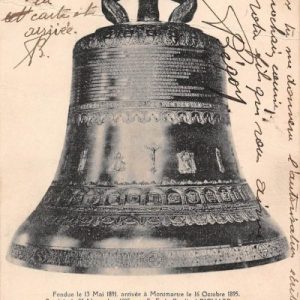
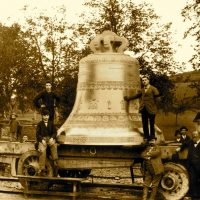
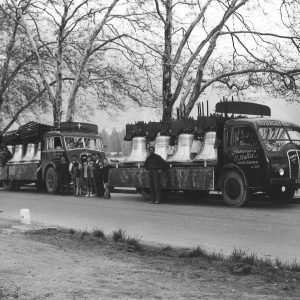
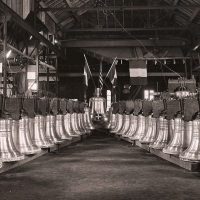
Great bells and carillons : the mastery of the shape
Georges Paccard worked with his sons, Joseph and Louis, guiding them with his advice. After the end of the First World War, the Foundry produced a large number of bells, several of which are very famous, such as the « Jeanne d’Arc ».
Already at that time, 700 to 800 bells were produced each year for all countries of the world.
Thanks to Alfred Paccard (Louis’s son) and his cousins Jacques and Henri, the PACCARD Foundry became the world specialist in carillon bells. Its fame comes from its moulding processes and especially from its mastery of tone and tuning.
In 1950, the United States government was not mistaken when it ordered 54 copies of the famous « Libery Bell » which rang the Independence in 1776.
Since then numerous peals of bells were made and sent to the US.
The biggest flying bell in the world
Thanks to his engineering skills and his passion for bells Alfred developed a specific technique for making carillons, working unceasingly (sometimes even at night in a room that was more like a workshop than a rest place…) to improve the shape, which guaranteed a good sound. Hundred of bells were produced, with the only aim of perfecting the sound of PACCARD bells, guaranteeing the accuracy and the cohesion of the tone, qualities which are recognisable in a real musical instrument.
This led to the development of the model’s technique ; which enabled the company to produce a big number of carillons whose musical quality remains unrivalled to this day.
In 1978 following the death of Alfred, his son Pierre took charge of the company. He signed among others two remarkable achievements. In 1986 the biggest peal of swinging bells in the world : three bells of 6, 10 and 19 tons for Canada. And in 1998 he was given to build the biggest flying bell in the world for the United States. The flight of its 33 tons marked the beginning of the third millennium, striking midnight on 31st December 1999… An engineer like his father Pierre shared with him his love for his bells. A passion passed down to Philippe who joined the company in 1989 and to Cyril who in turn joined the Foundry in 1995.
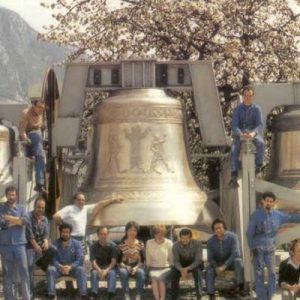
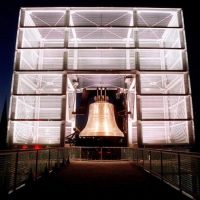
The beginning of a great adventure
Since 1796 PACCARD Foundry has been a master in the art of casting the bourdons.
The Savoyarde
Its weight : 19 tons makes it the biggest bell in France !
The Jeanne d’Arc
The « Jeanne d’Arc » will be the second biggest bell in the world in 2000, its weight : 16 tons, « the bourdon of the Victory ».
Étienne
19 tons, bourdon of the biggest group of flying bells in the world.
The World Peace Bell
33 tons, the biggest flying bell in the world for the new millennium.






